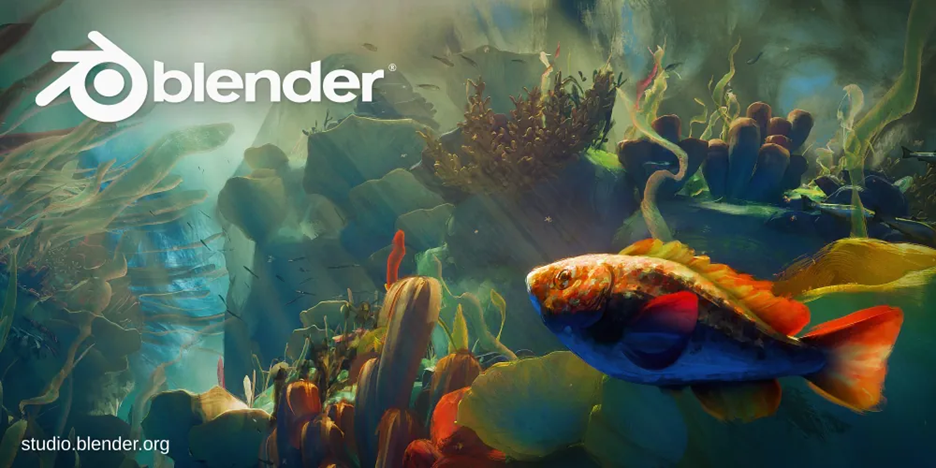The Blender Foundation has released Blender 4.2 LTS, its latest long-term support version of the popular 3D software, which has gained a plethora of followers over the years, not just because it is free and open source (though that surely holds a great deal of appeal), but also because of its many features and versatility. Blender promises to maintain the 4.2 LTS version until July 2026. This latest version is packed with new features and updates, including additional GPU acceleration capabilities, that keep pace with the evolving needs of artists.

Blender’s 4.2 LTS has now been released with a slew of new features, improvements, and updates, including more GPU acceleration.
You may wonder what LTS stands for. It signifies long-term support, with 2.8.3 being the first version of Blender to carry the LTS label. The goal of the Blender LTS program is to offer stability and automatic fixes and updates over a two-year span for those using a particular version of the software, giving them confidence to employ the version on long-term projects. For the new Blender 4.2 LTS, this means it will be maintained until July 2026.
Unlike other popular 3D CG software like Autodesk’s Maya and Maxon’s Cinema 4D, Blender is unique in that it is free and open source. Developed by Ton Roosendaal, its history began in-house at an animation studio before being publicly released in the late 1990s. After some more history with company buyouts and closures, the software was delivered into the hands of the Blender Foundation, which Roosendaal founded to continue development of the software as community-led open source. It remains free and open source today, backed by a large, vocally appreciative group of users.
Blender may be free, but it is robust in its features and capabilities, including an advanced polygonal modeling system, simulation functions, animation tools, and more. It also offers the Cycles path-tracing render engine, the Eevee PBR real-time renderer, and the Workbench real-time render engine for fast previews. A contingent of dedicated employees at the Blender Institute, which now oversees development, ensures that the software keeps up with the latest industry developments.
Blender 4.2 LTS sports the next generation of the Eevee render engine, which was completely rewritten to enable global illumination, displacement, better subsurface scattering, viewport motion blur, and more. The depth of field has been rewritten and optimized, and there’s no shader limit now (though the user’s graphics card still has them).
Cycles also received a significant update for faster, smoother renders. It has a new shader, called the Ray Portals BSDF, which transports rays to another location in a scene, with specified ray position and normal. The Principled BSDF now supports physically accurate thin-film interference effects for specular reflection and transmission (akin to what’s found on soap bubbles). Cycles supports GPU-accelerated denoising for AMD GPUs on Windows and Linux, and optionally use GPU-accelerated denoising on CPU renders. In addition, Intel GPU rendering in Cycles supports host memory fallback, while motion-blur settings can be shared with Eevee for greater consistency across the render engines.
In terms of compositing, final renders can now benefit from GPU acceleration found in the GPU compositor, which can provide a sizable speed boost depending on the GPU and real-time statistics pertaining to node performance, according to Blender. Optionally, the CPU compositor is not without performance optimization; it has been rewritten and is touted as being several times faster than the previous iteration.
Additionally, the Khronos PBR Neutral tone mapper is now built into Blender 4.2 LTS, providing an accurate depiction of base color, hue, and saturation when using PBR under grayscale lighting, according to Blender.
Blender has further overhauled add-ons and themes, which are now unified as extensions and can be downloaded and updated from within Blender itself. There’s even a new community-managed website for sharing free and open-source Blender extensions, from which users can easily drag and drop to install.
In addition, there are a host of updates pertaining to modeling, animation/rigging, video editing, geometry nodes (including a full suite of matrix nodes), import/export, and other areas.
Blender 4.2 LTS is available for Windows, macOS, and Linux. It can be downloaded from Blender.org.